
Giving Birth to a New Year
Each soul has within it wellsprings of creativity and unique talents waiting to be born, nurtured, and revealed to the world. Creating for just oneself or God in moments of quiet or solitude reveal sacred parts of our being hidden to even ourselves. Rosh HaShanah is particularly tuned to the energy of birth and newness.

On Rosh HaShanah in the year 1746, the Baal Shem Tov had an ascension of soul to the higher heavenly spheres where he found himself in the presence of the soul of the Messiah. In responding to his asking him “When will the master come,” the Messiah answered him with a verse from Mishlei (5:16): “when your wellsprings [of Torah] spread outwards.” (This revelation was explained in a letter written by the Baal Shem Tov to his brother-in-law Rabbi Gershon of Kitov and was first published as an appendix to Ben Porat Yosef 128a). Just as Biblical stories play themselves out in every generation and relates to each person, so too we can understand the meeting of the souls of the Baal Shem Tov and the Messiah to signify much more than an individual revelation, but as a teaching for all of us on many different levels. In addition, the significance of this revelation and the verse quoted from the Messiah is connected to the very essence of Rosh HaShanah.
According to the teaching of the Baal Shem Tov, that each person has a spark of the Messiah within him, we can understand that the Baal Shem Tov activated and perfected his own spark enough to merit such a meeting. Interestingly, the Messiah put his own coming back into the hands of the Baal Shem Tov – “when your wellsprings [of Torah ] spread outwards.” This dialogue, in a sense, is the ongoing theme of the “Days of Awe,” beginning with Rosh HaShanah. At certain times we turn to God and say: it’s all in Your hands,” while at other times God, as it were, turns back to us and says: “really, it’s all in your hands.” During these times of great reflection and soul searching, our deepest spark of longing for holiness and to be close to God is aroused, which in turn inflames our own deepest potential, the spark of Messiah deep within us.
The image of the wellsprings is especially significant on Rosh HaShanah due to the custom of Tashlich, where we go to a body of natural water, most preferably a spring or other body of flowing water containing fish, and cast our sins on the water which take them away. There are many levels of symbolism in this beautiful custom. Water is always a symbol of purity, cleansing and rebirth, the very essence of Rosh HaShanah. Not only is it the “birthday of the world,” as we recite in our prayers, but Rosh HaShanah, when properly appreciated, serves as a vehicle for personal rebirth. Fish and life teeming in the water allude to their being the first creations of the animal kingdom. They also were the first creatures to receive the blessing to be “fruitful and multiply” (Bereishit 1:20-22).
The letters of “be fruitful” (p’ru), along with the letter shin, form the word, shofar, the horn we blow on Rosh HaShanah. The blowing of the shofar concentrates all the basic themes of Rosh HaShanah in a most powerful and dramatic experiential manner. When looking in a prayer book at the series of shofar blasts we see an interesting arrangement of repeating series of nines. This number represents the nine months of pregnancy. Therefore, hearing the shofar acts, as it were, as the birth pangs of each person as they attempt to give birth to a new year. Just as each day has its unique energy and opportunities, never to be repeated, each year brings a totally new and unique energy into the world. Yet this energy must be grasped and developed or it lies dormant and hidden. Each person is like a midwife to themselves, with the opportunity to recreate their very being and in so doing give birth to their own selves and a new year.
When Avraham (Abraham) was taking Yitzchak (Isaac) to Mount Moriah, in the episode known as Akedat Yitzchak, the binding of Yitzchak, Satan tried to halt their journey by creating a raging river (Sh’lah; Levush). Their ability to see through the illusion and their determination to carry on is what allowed them to transcend the obstacle. The custom of Tashlich reminds us that most of our obstacles in life are also illusionary in nature and are there to push us to newer and greater levels of self awareness and closeness to God.
Each soul has within it wellsprings of creativity and unique talents waiting to be born, nurtured and revealed to the world. Activating and manifesting these innate qualities is not a matter of achieving fame, wealth or power. Using our God given abilities is reward enough. If one reaches a wider audience, well and good, but sharing with friends, family, and community in venues large or small has its own deep feeling of spiritual satisfaction. Creating for just oneself or God in moments of quiet or solitude reveal sacred parts of our being hidden to even ourselves. The wellsprings deep within us have the power to water seeds of creativity just waiting to sprout. Yet, it is only through a determined effort, much like the birthing process, that we can indeed bring to fruition that which we are truly capable of achieving. Though in principle we can do this at any time of the year, Rosh HaShanah is particularly tuned to the energy of birth and newness. May we merit to use this time and opportunity wisely.
* * *
Rabbi Avraham Arieh Trugman is director of Ohr Chadash and author of Seeds and Sparks: Inspiration and Self- Expression through the Cycles of Jewish Life; The Mystical Power of Music, and The Mystical Meaning of Dreams. To read more of Rabbi Trugman’s works, click http://www.thetrugmans.com



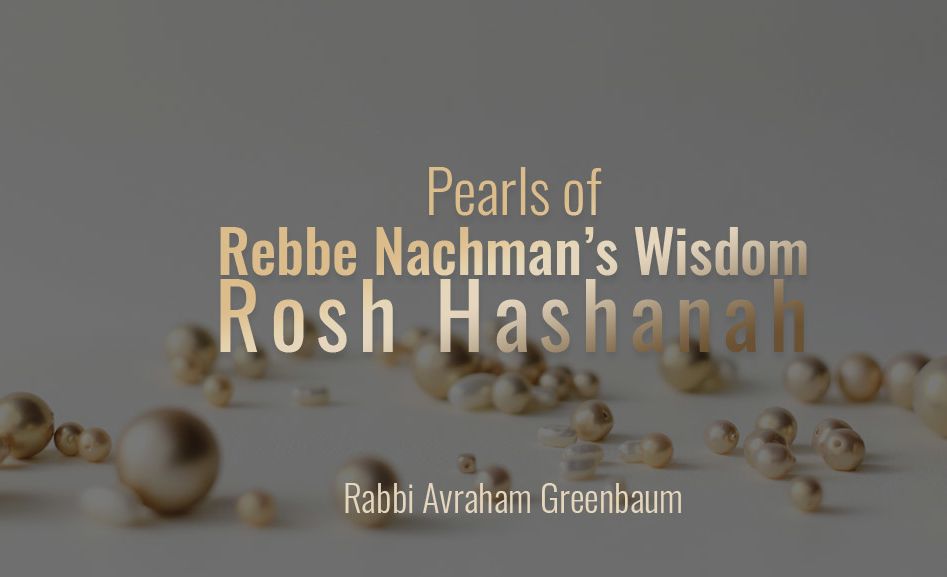

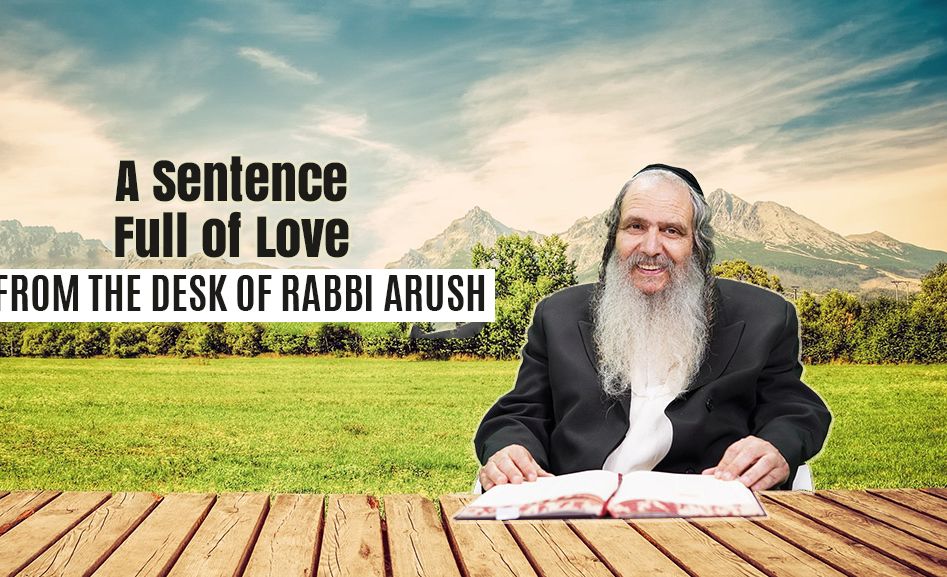

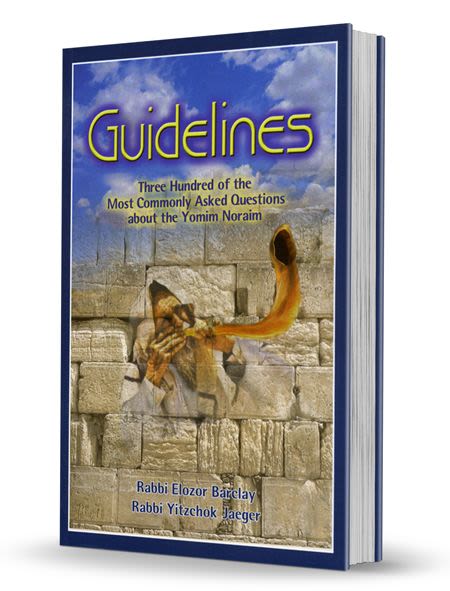
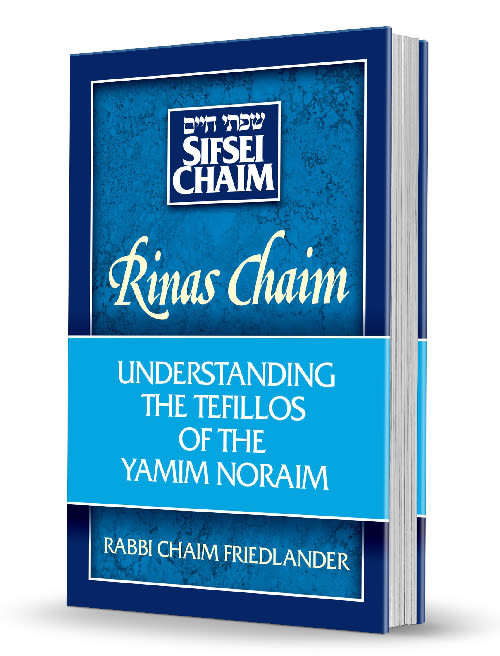
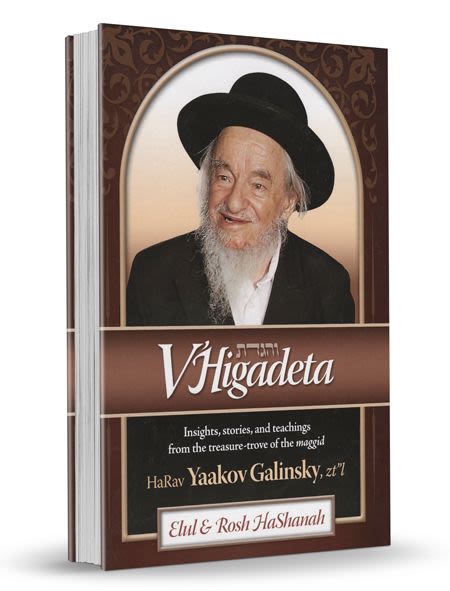
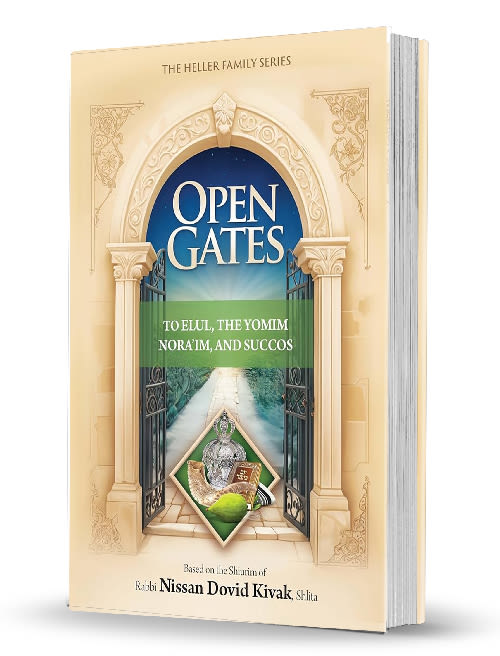

Tell us what you think!
Thank you for your comment!
It will be published after approval by the Editor.